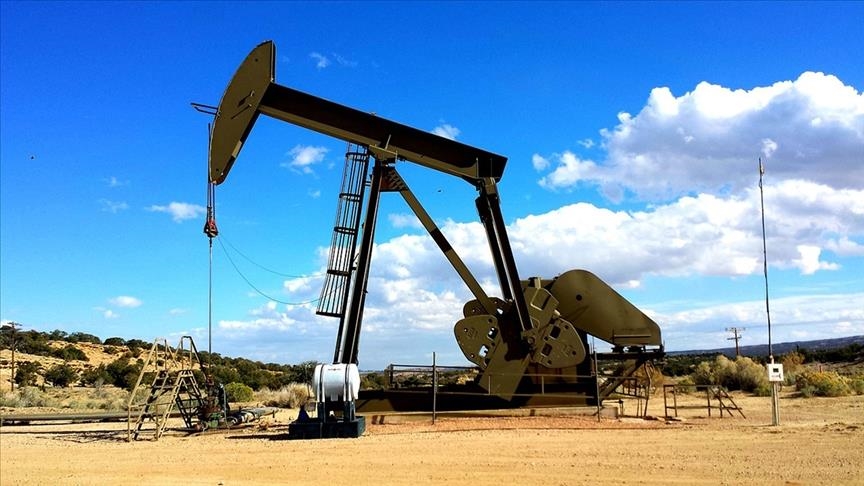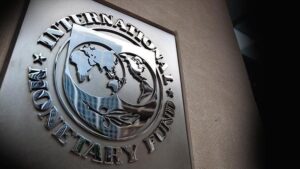The recent decision by Saudi Arabia and Russia to extend existing crude oil supply cuts did not have the expected effect on prices, but analysts said the limited increase in prices reflects demand-based worries by investors.
Saudi Arabia, the world’s largest exporter of crude oil, announced its intention Monday to unilaterally extend production cuts of 1 million barrels per day (bpd) through August, leaving the door open for further extensions.
Russia followed suit with an announcement of a voluntary reduction of exports by 500,000 bpd in August, on top of the 700,000 bpd in place since March.
Algeria later said it would also reduce output by an extra 20,000 bpd in August, bringing its total cut to 68,000 bpd since April.
The new reductions were additions to the group’s already-existing output cap of around 2 million bpd announced in October 2022 and 1.6 million bpd in May.
The supply restrictions came amid concerns about dwindling supplies and deteriorating global economies as a result of inflation and rising interest rates.
Russia and Saudi Arabia said the cuts, which were approved despite persistent requests from the International Energy Agency and the US for more production amid rising threats of a global recession, are intended to maintain market balance.
Several statements that many countries, including the US, would maintain strict monetary policies, concerns that China’s post-pandemic recovery is not progressing at the expected pace and uncertainty regarding Beijing’s oil consumption continue to feed negative market sentiment.
Although there are short-term rises in oil prices due to production restrictions from Saudi Arabia, Russia and Algeria, fears about weak oil demand limit price increases.
The Brent oil price closed at $74.65 per barrel, down 0.33% on Monday after Saudi Arabia and Russia confirmed their decision to cut production. Brent ended the week at $78.17 with a 4% gain. According to the International Monetary Fund, Saudi Arabia requires Brent crude to trade at roughly $81 to balance its budget.
Saudi Arabia and Russia would be willing to keep the market balanced “only to the extent that ensuring a balance in the oil market helps keep prices from falling below $70 or so,” Doug Sheridan, director and founder of US-based Energy Point Research, told Anadolu.
“We’ve tended to view moves like this as providing price support in the near term, even as it increases chances of lower prices in the longer term as Saudi Arabia eventually tires of carrying the load,” he said.
Sheridan said the latest decision also sets the table for a potential all-out production announcement down the road by the Saudis “to remind global producers of the risk of overproduction.”
“In the end, and as always, the solution to balancing the market will be to let prices go lower,” said Sheridan.
He warned about the lack of a catalyst in the market for higher prices in the near term.
“With major consuming nations struggling with low economic growth—and a potential global recession lurking on the sidelines—investors don’t seem to agree with OPEC’s more rose view on global crude demand,” he added.
ADM Investor Services’ Chief Global Economist Marc Ostwald affirmed that Saudi Arabia and Russia are “definitely trying to stabilize prices.”
“Though in both the case of Saudi Arabia and Russia, the perspective is that they need prices higher to meet their budget outlays, in Russia’s case obviously as it wages war against Ukraine,” he said.
Ostwald highlighted that markets remain focused on the demand side, with a special concern about China.
He pointed to the relatively high crude imports in Beijing during the first half of the year and warned that much of the volume has been re-exported as products, which signals a weak domestic demand in the country.
“Again, this is about demand concerns,” he said, adding that oil prices are falling despite output cuts “because it has been proven that demand is not as high as production despite low inventories.”




















































Be First to Comment